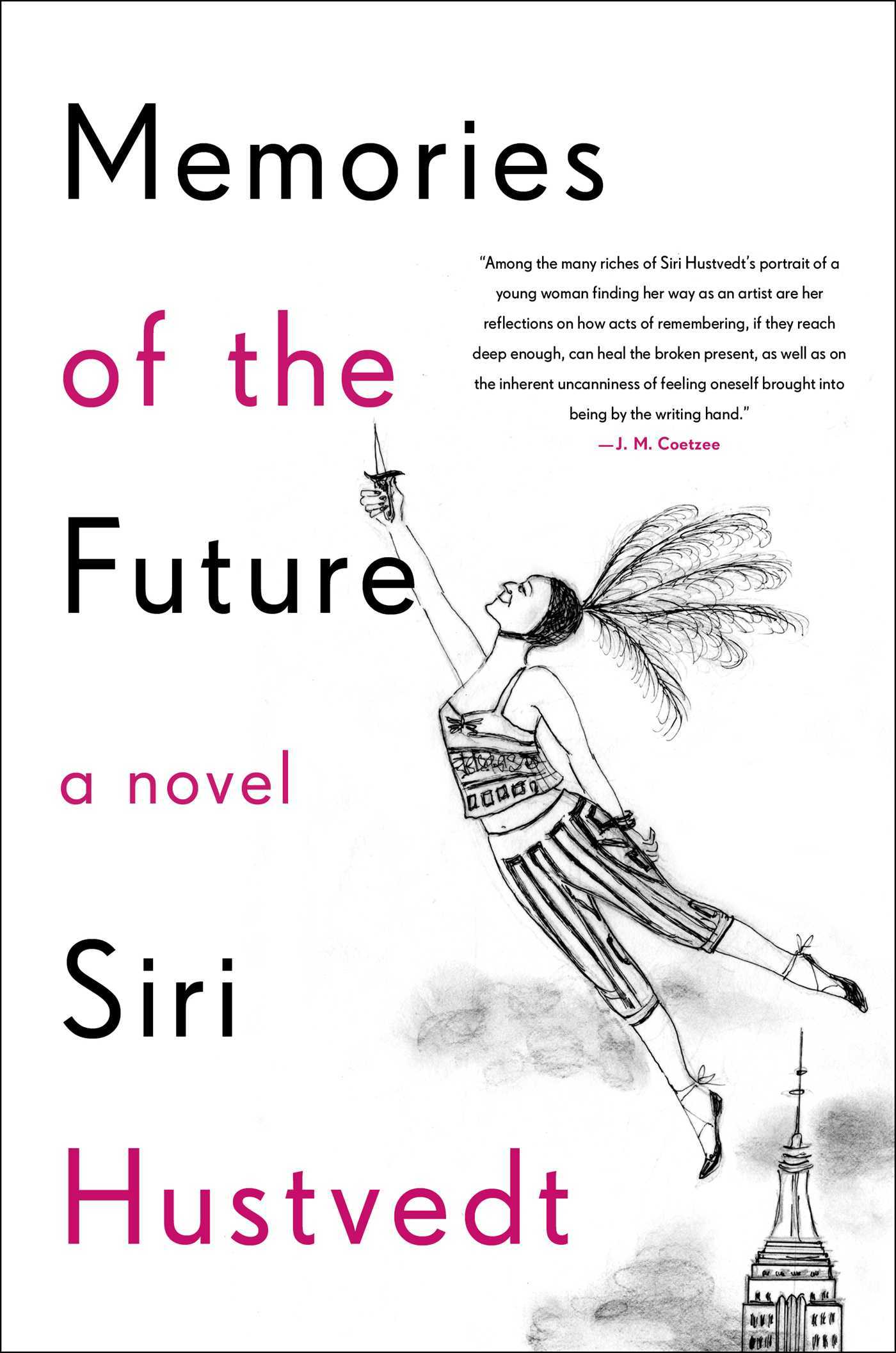Navigating Time and Memory: A Comprehensive Review of Siri Hustvedt’s “Memories of the Future”

Introduction:
Siri Hustvedt’s “Memories of the Future,” a multifaceted and introspective novel published in [insert publication year], invites readers to embark on a literary journey that transcends time and delves into the intricate web of memory. In this extensive review, we explore the thematic richness, narrative complexity, and the author’s adept exploration of identity, creativity, and the elusive nature of memory.
Section 1: Overview of “Memories of the Future”
1.1 A Tapestry of Time and Memory: “Memories of the Future” unfolds as a narrative tapestry where past and present interweave, blurring the boundaries of time. Hustvedt crafts a story within a story, inviting readers to navigate the corridors of memory alongside the protagonist, creating a narrative structure that mirrors the complexity of human recollection.
1.2 Metafictional Exploration: The novel incorporates metafictional elements, with a young protagonist named SH reflecting on her experiences as a budding writer in 1970s New York. The interplay between SH’s present self and her past self as a writer adds layers of introspection, inviting readers to consider the relationship between memory, storytelling, and personal identity.
Section 2: Thematic Explorations
2.1 Identity and Self-Discovery: “Memories of the Future” delves into the themes of identity and self-discovery, as SH navigates the challenges of young adulthood and the pursuit of her creative aspirations. Hustvedt’s exploration of the protagonist’s evolving sense of self adds a psychological depth to the narrative, inviting readers to reflect on their own journeys of self-discovery.
2.2 Creativity and Artistic Process: The novel offers a nuanced exploration of the artistic process, with SH grappling with the complexities of creativity. Through the protagonist’s reflections on her writing endeavors, readers gain insights into the challenges and triumphs of the creative mind, as well as the symbiotic relationship between life experiences and artistic expression.
Section 3: Siri Hustvedt’s Narrative Craft
3.1 Layered Storytelling: Hustvedt’s narrative craft is characterized by layered storytelling, with the novel oscillating between SH’s reflections on her past and her experiences as a young writer. The author seamlessly integrates these layers, creating a narrative that unfolds like a series of interconnected memories, each contributing to the overall tapestry of the protagonist’s life.
3.2 Intertextuality and Literary References: The novel is enriched with intertextuality and literary references, demonstrating Hustvedt’s deep engagement with literature and culture. SH’s encounters with literature become a lens through which readers can explore the intersections between personal experience, memory, and the broader cultural landscape.
Section 4: Reflections on Time and Memory
4.1 Temporal Fluidity: “Memories of the Future” challenges traditional notions of linear time, introducing a sense of temporal fluidity where past, present, and future coexist. Hustvedt’s narrative technique invites readers to reconsider their understanding of time, acknowledging the nonlinear nature of memory and the lasting impact of past experiences on present perceptions.
4.2 Elusive Nature of Memory: The novel delves into the elusive and malleable nature of memory. SH’s reflections become a canvas for exploring how memories can shift, evolve, and be reshaped over time. Hustvedt prompts readers to question the reliability of memory and the subjective nature of one’s recollections.
Section 5: Critical Reception and Impact
5.1 Critical Acclaim: “Memories of the Future” has received critical acclaim for its intricate narrative structure, thematic depth, and Hustvedt’s eloquent prose. Critics have praised the novel’s ability to blend personal reflection with broader cultural observations, creating a work that resonates with readers on both intellectual and emotional levels.
5.2 Reader Engagement: The novel has engaged readers who appreciate its introspective nature, intellectual rigor, and the author’s exploration of memory and identity. “Memories of the Future” has sparked discussions in literary circles, book clubs, and academic forums, fostering an engaged readership intrigued by its philosophical reflections.
Section 6: Conclusion and Legacy
6.1 A Literary Exploration of Self and Time: “Memories of the Future” stands as a testament to Siri Hustvedt’s skillful exploration of the interconnected themes of self, time, and memory. Through its intricate narrative and philosophical musings, the novel offers readers a literary exploration that transcends conventional storytelling.
6.2 Enduring Legacy: The novel’s enduring legacy lies in its ability to linger in the minds of readers, prompting contemplation on the intricacies of memory and the perpetual dance between past and present. “Memories of the Future” secures its place as a work that contributes to the ongoing conversation about the nature of consciousness, creativity, and the elusive fabric of time.
In conclusion, Siri Hustvedt’s “Memories of the Future” stands as a thought-provoking and introspective work that invites readers to navigate the labyrinthine corridors of memory and self-discovery. Through its layered narrative, thematic richness, and the author’s intellectual engagement with time and identity, the novel leaves an indelible mark on the literary landscape, beckoning readers to explore the intersection of memory and the unfolding present.







